






Each Bracelet Comes With
a Real Polar Bear to Track
Each Bracelet Comes
With a Real Polar Bear
to Track
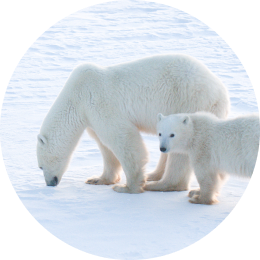
Learn your polar bear's name and get their picture
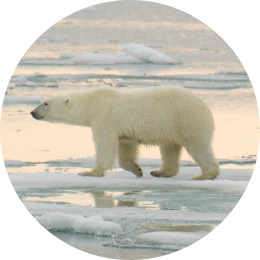
Gain knowledge of their amazing stories, how many cubs they have, and best of all...
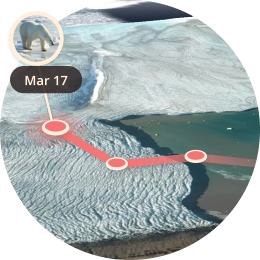
Follow their incredible venture on an exclusive tracking map

In partnership with Polar Bears International
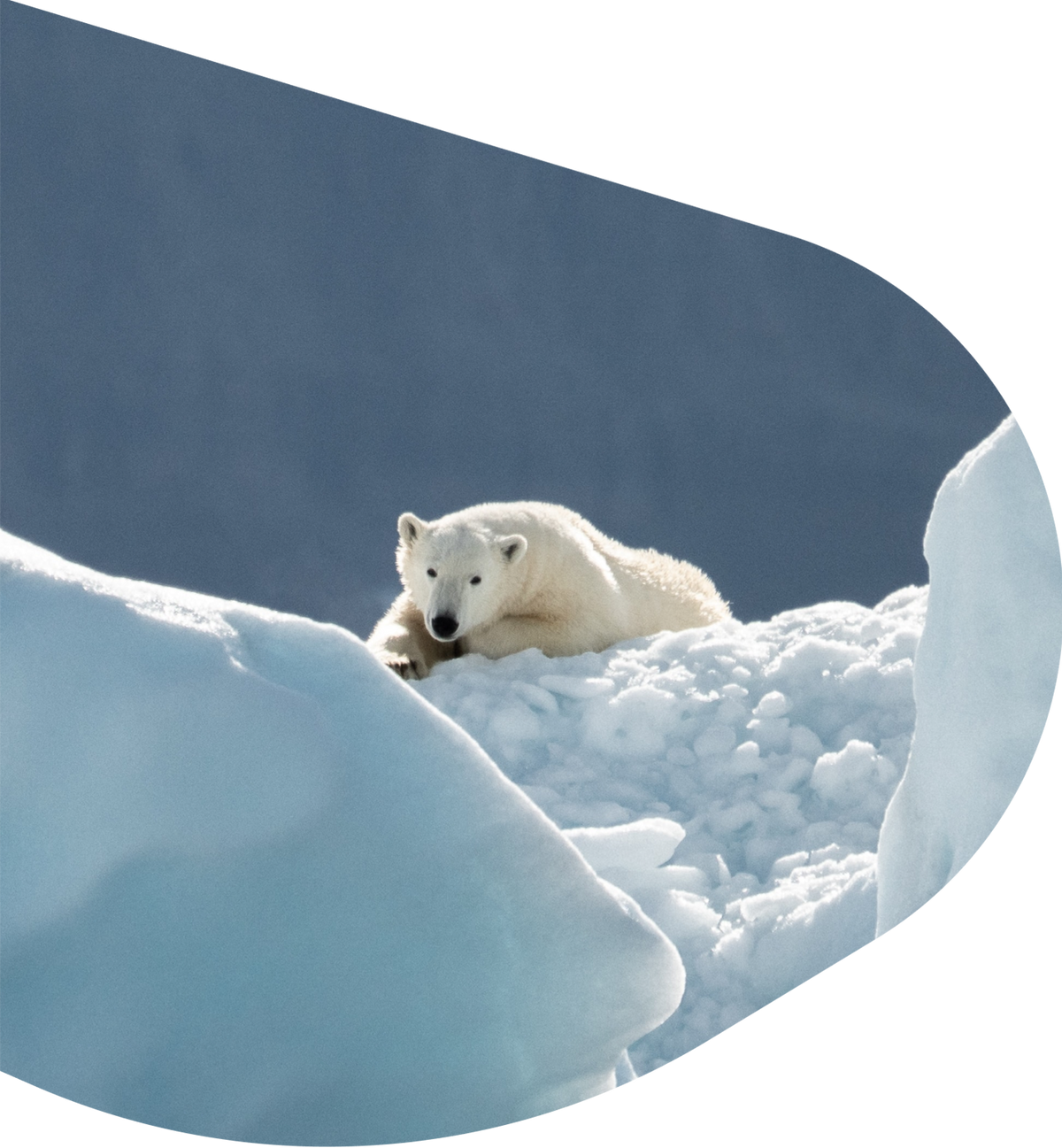
Made in partnership with Polar Bears International, who specializes in polar bear research and works to protect wild polar bears. Fahlo's goal is to help support their conservation, and secure a future for polar bears in a rapidly changing world.
One small bracelet.
One big mission.
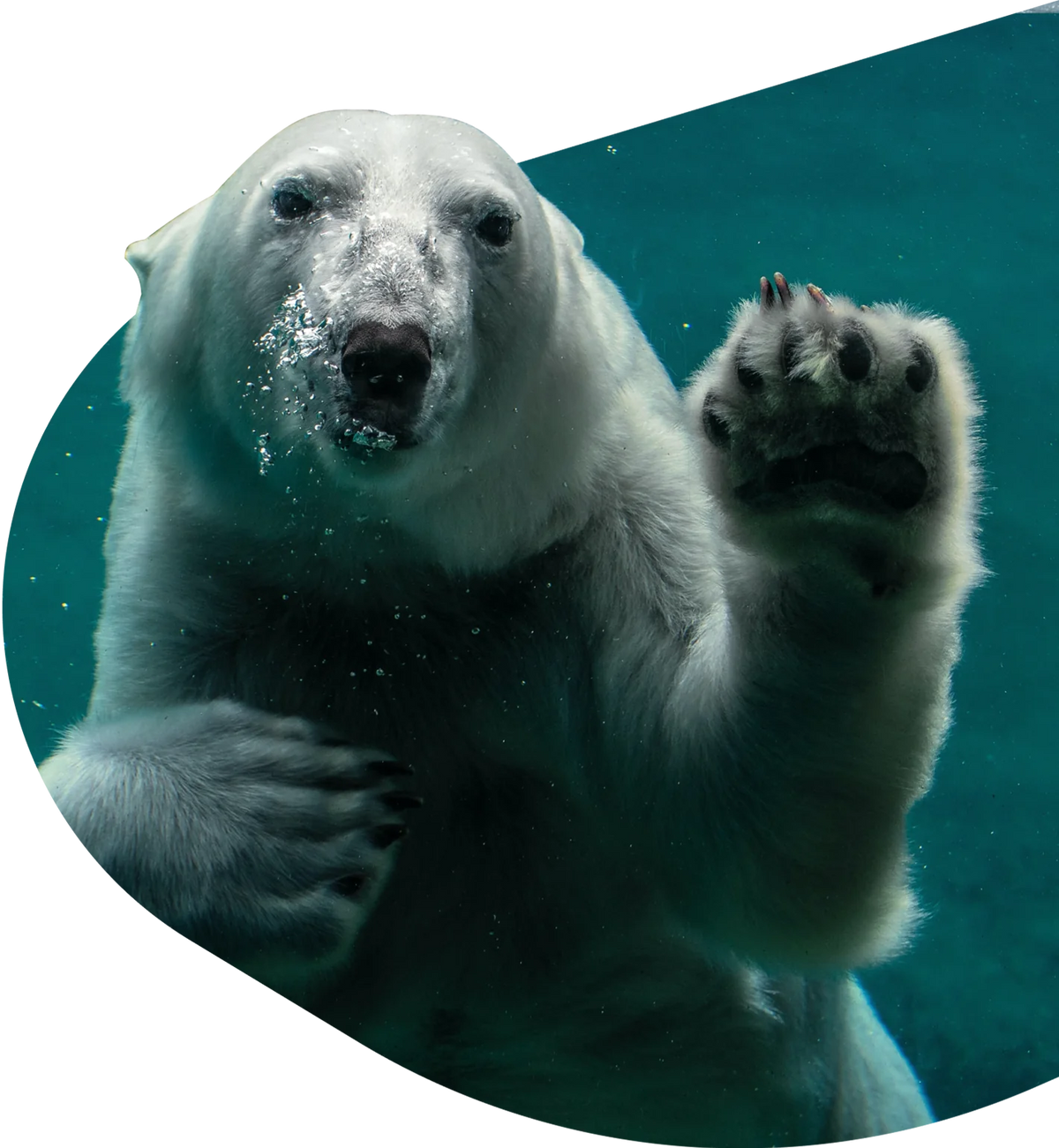
Common Questions
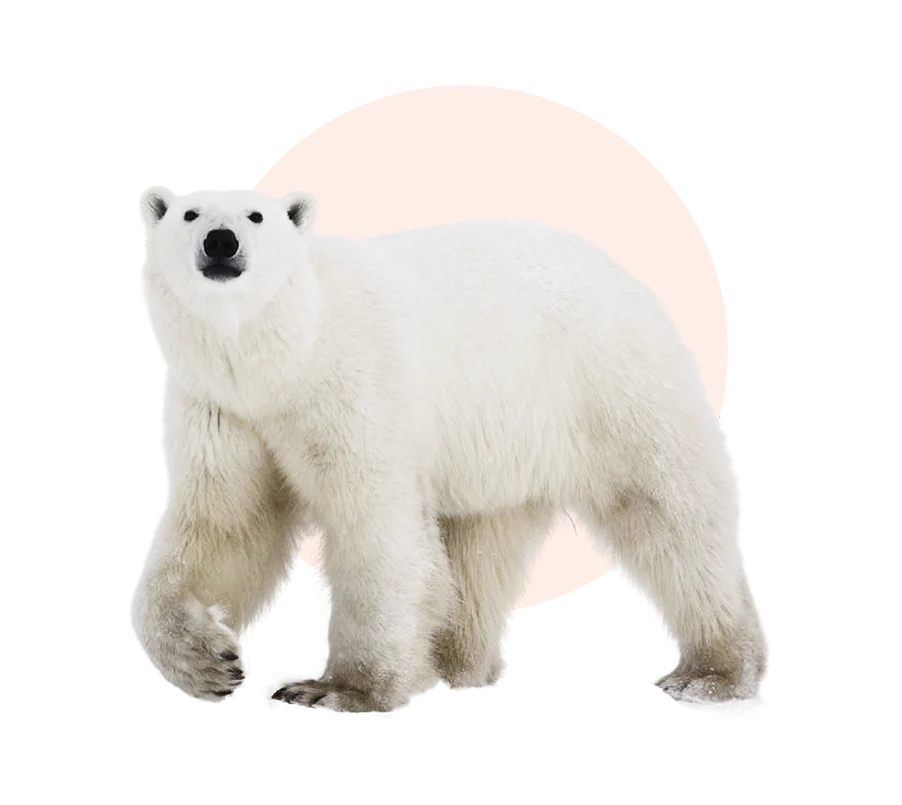







 This animal’s safety guarded with the Fahlo Protection Ping™
This animal’s safety guarded with the Fahlo Protection Ping™ If you add 3 or more, you get free shipping!
If you add 3 or more, you get free shipping! Fahlo donates 10% of all profits to our nonprofit partners
Fahlo donates 10% of all profits to our nonprofit partners Sizing: Elastic, one size fits most
Sizing: Elastic, one size fits most SSL Secure Checkout
SSL Secure Checkout Worldwide Shipping
Worldwide Shipping Dedicated Customer Service
Dedicated Customer Service 100% Happiness Guarantee
100% Happiness Guarantee